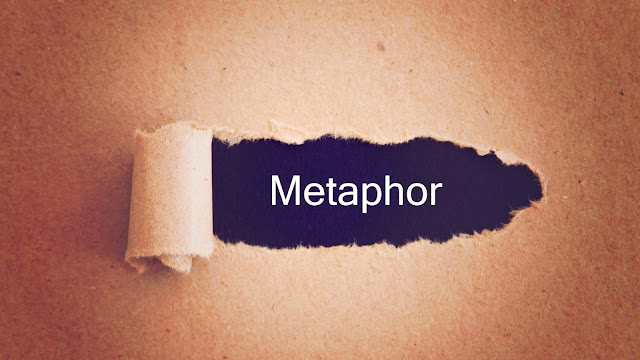You wouldn’t see an athlete sprint onto the track without stretching first, right?
The same goes for writers.
Jumping straight into a writing session without a warm-up can feel like trying to run with stiff muscles—slow, clunky, and frustrating.
A good warm-up gets the creative gears turning, clears mental clutter, and makes writing feel effortless.
A writing warm-up is a game changer.
It helps shift you from the distractions of daily life into creative mode.
It quiets self-doubt, silences perfectionism, and makes the words flow with less resistance.
When you take a few minutes to warm up, you’re not just getting ready to write—you’re telling your brain, This is what we’re doing now. Let’s go.
The Science Behind It
Writing isn’t just about stringing words together; it’s both a cognitive and emotional process.
Your brain needs a signal that it’s time to shift gears.
Low-pressure, short exercises stimulate neural pathways, improving focus and flow.
Studies have shown that freewriting and other warm-ups activate the brain’s creative center, making it easier to get into the zone.
In short, warming up makes writing smoother and more productive.
How to Warm Up
There’s no one-size-fits-all approach, but here are a few tried-and-true methods.
Freewriting: Set a timer for 5–10 minutes and write nonstop. No editing, no second-guessing—just let the words spill onto the page.
Writing Prompts: A simple prompt can spark ideas and bypass overthinking.
Morning Pages: Julia Cameron swears by this method—three pages of unfiltered, stream-of-consciousness writing.
Sensory Descriptions: Describe an object, place, or moment using all five senses.
Dialogue Snippets: Write a quick, spontaneous conversation between two characters.
Find what works for you.
A warm-up doesn’t need to take more than 5–15 minutes, but it should be consistent.
Make it a habit before every writing session, and over time, you’ll notice how much easier it is to slip into deep work.
Overcome the Resistance
Maybe you’re thinking, I don’t have time for this.
But a quick warm-up actually saves time because it makes writing smoother.
Or maybe you feel like you don’t need it.
Well, even seasoned writers like Neil Gaiman, Ray Bradbury, and Julia Cameron rely on warm-ups.
And if it feels silly?
Good.
That means you’re letting go of judgment, which is exactly the mindset you need to write freely.
Try It Yourself
Pick one of the warm-up techniques and try it for five minutes.
Notice how it feels.
Did your mind loosen up?
Did the words flow more easily?
The only way to know if a warm-up works for you is to test it out.
Warming up is one of the simplest ways to boost creativity, confidence, and focus.
Experiment with different methods, find one that fits your style, and make it part of your routine.
Writing doesn’t have to feel like a struggle—it can be effortless, joyful, and fun.
And it all starts with a little warm-up.
Now, for more free writing tips and resources, get your free subscription to The Morning Nudge.
And, if you've always wanted to write a novel, visit writebythesea.com and accept our July Writing Challenge.
Suzanne Lieurance is the author of over 40 published books, CEO and founder of Write by the Sea® and a Law of Attraction coach for writers.







.jpg)



